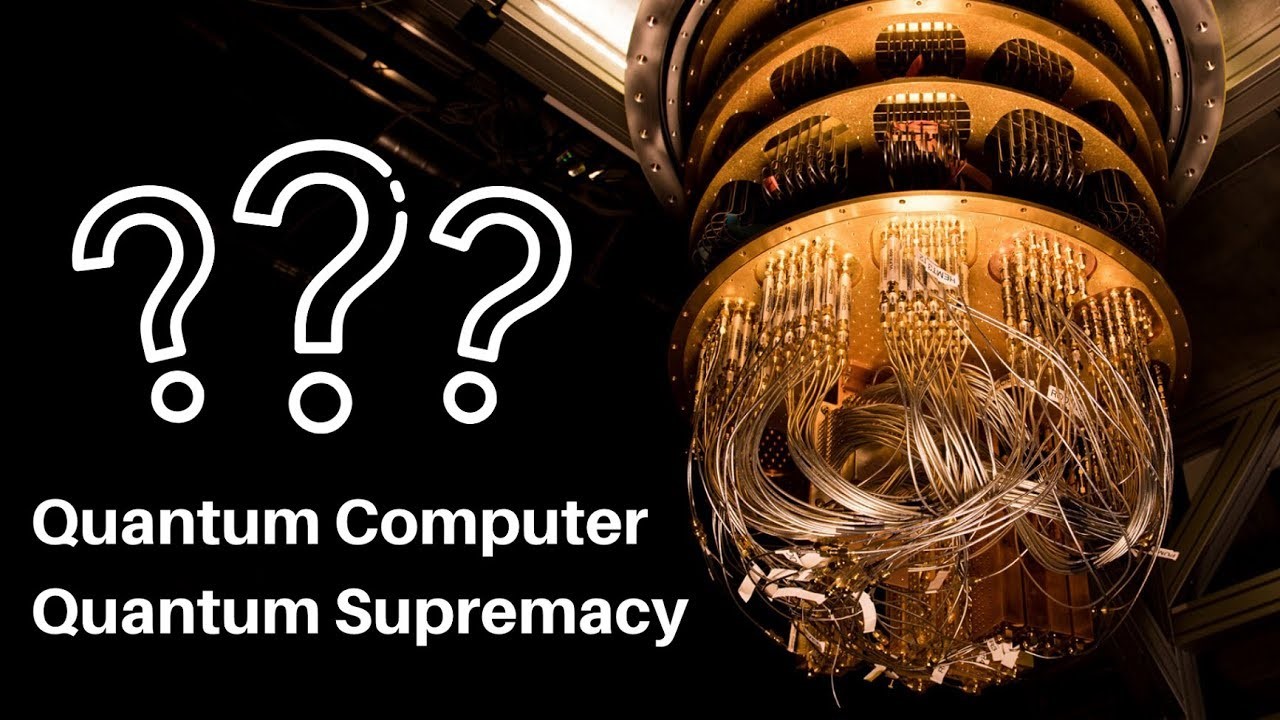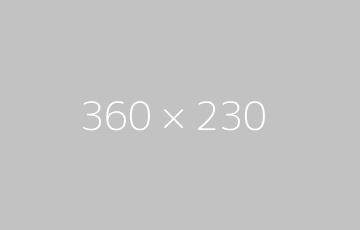Quantum Supremacy Achieved Through Simplicity: Odd-Cycle Game Shows the Way
Syllabus:
GS-3:
IT & Computers , Cyber Security , Scientific Innovations & Discoveries , Artificial Intelligence
Focus:
Researchers from the University of Oxford and Universidad de Sevilla have demonstrated quantum supremacy using a simple logic-based colouring game, contrasting past complex demonstrations. Achieving a 97.8% win rate using two entangled atoms, their method establishes a clear quantum advantage in an intuitive and accessible manner.
Understanding Quantum Supremacy Through Simplicity:
What is Quantum Supremacy?
- Quantum supremacy refers to the point where a quantum computer can perform a task that is practically impossible for a classical computer.
- Demonstrating this is a significant milestone in the evolution of computing technology.
Past Complex Demonstrations
- Google’s Sycamore processor (2019): Used random circuit sampling, a highly complex task requiring 53 superconducting qubits.
- China’s Jiuzhang computer: Demonstrated supremacy through Gaussian boson sampling, which also involves intricate mathematics and sophisticated quantum optics.
- Both these cases required expensive infrastructure and were hard to independently verify.
A New, Simple Approach
- Researchers from University of Oxford and Universidad de Sevilla have demonstrated quantum supremacy through a simple logic-based game, based on the concept of an odd-cycle graph.
- The study, published in Physical Review Letters (Feb 2024), highlights a more intuitive and accessible method of proving quantum advantage.
The Odd-Cycle Colouring Game: Setup and Rules:
Basic Mathematical Principle
- The problem involves trying to colour a circle divided into an odd number of points (or sections) using only two colours such that no adjacent points share the same colour.
- Mathematically, this is impossible for an odd cycle — any attempt results in at least one adjacent pair sharing the same colour.
Game Simulation
- Two players, Alice and Bob, are not allowed to communicate.
- A referee poses questions to each player about how they would colour certain points on the circle.
- To win the game, two conditions must be met:
- If both players are asked about the same point, they must give the same answer (colour).
- If asked about adjacent points, they must give different answers.
Classical vs Quantum Outcomes
- In classical physics, the maximum win probability is 3% for a three-point circle.
- Players pre-agree on a strategy and cannot exceed this probability due to logical contradictions in an odd-cycle colouring.
Quantum Implementation of the Game:
Entanglement Setup
- Researchers used two strontium atoms, placed 2 meters apart, as the quantum system.
- These atoms were entangled using lasers, meaning any measurement on one affects the other instantaneously, regardless of distance.
Execution of the Game
- A central computer acted as the referee, sending questions to Alice and Bob.
- Each player used laser pulses to perform quantum operations on their atom based on the point they were questioned about.
- These operations involved rotating the atoms through specific angles correlated to their position on the circle.
Quantum Measurement and Answering
- After the quantum operation, each atom was measured to yield either a 0 or 1.
- These values were mapped to colours (e.g., 0 = red, 1 = blue), and the responses were sent to the referee.
- The entire setup mimicked a real-time coordination task under quantum constraints.
Large-Scale Testing
- The experiment was repeated 101,000 times, for circles ranging from 3 to 27 points, all within one minute.
- Special tests were also performed to validate the strength of entanglement and ensure the quantum nature of correlations.
Findings and Significance of the Quantum Advantage:
Superior Quantum Performance
- For the 3-point circle, the quantum system achieved a success rate of 97.8%, far beyond the classical maximum of 83.3%.
- This result clearly demonstrates quantum supremacy in a logically simple task.
- The result held for circles with up to 19 points, making it statistically significant and experimentally robust.
Minimising Errors
- The remaining 2% error was due to noise during entanglement creation, a common challenge in quantum computing experiments.
- Importantly, the correlation between the atoms was among the strongest ever recorded between two separate quantum systems.
Simplified Supremacy
- This demonstration required only two entangled qubits, making it significantly simpler and more efficient than Google’s or China’s previous setups.
- Shows that quantum supremacy doesn’t always require complex algorithms or infrastructure.
Broader Implications and Applications:
Relevance to Real-World Problems
- The researchers propose that such setups can be extended to coordination problems like the rendezvous task, where agents (e.g., drones, robots, or people) need to meet at a point without communicating.
- In classical computing, if there are 1 million meeting points, the system may need up to 1 million steps to find the right one.
- A quantum system using Grover’s algorithm can reduce this to about 1,000 steps, vastly improving efficiency.
Impact on Quantum Communication and AI
- Quantum-based coordination could aid in distributed systems, secure communication protocols, and AI planning, especially where communication is limited or delayed.
- The success of the odd-cycle game points towards future low-resource quantum applications, making it feasible for more laboratories to explore quantum supremacy.
Future Directions
- Encourages further research into game-theoretic models and simple logical puzzles as tools to demonstrate and utilize quantum power.
- Opens avenues for democratizing quantum research, as it reduces dependence on high-cost hardware.
Conclusion:
The odd-cycle game proves that quantum supremacy can be shown using minimal resources and simple logic. With a success rate far exceeding classical limits, this breakthrough redefines how quantum advantage can be demonstrated, opening up new possibilities in quantum communication, coordination, and real-world problem solving with scalable technology.
Source: TH
Mains Practice Question:
Quantum supremacy has traditionally been demonstrated using complex mathematical problems requiring high-end equipment. Recently, researchers have used a simple logical game based on colouring an odd-cycle graph to achieve quantum supremacy with only two entangled atoms. Examine the significance of this development. How does it shift the future scope and accessibility of quantum computing? Discuss its potential real-world applications.





